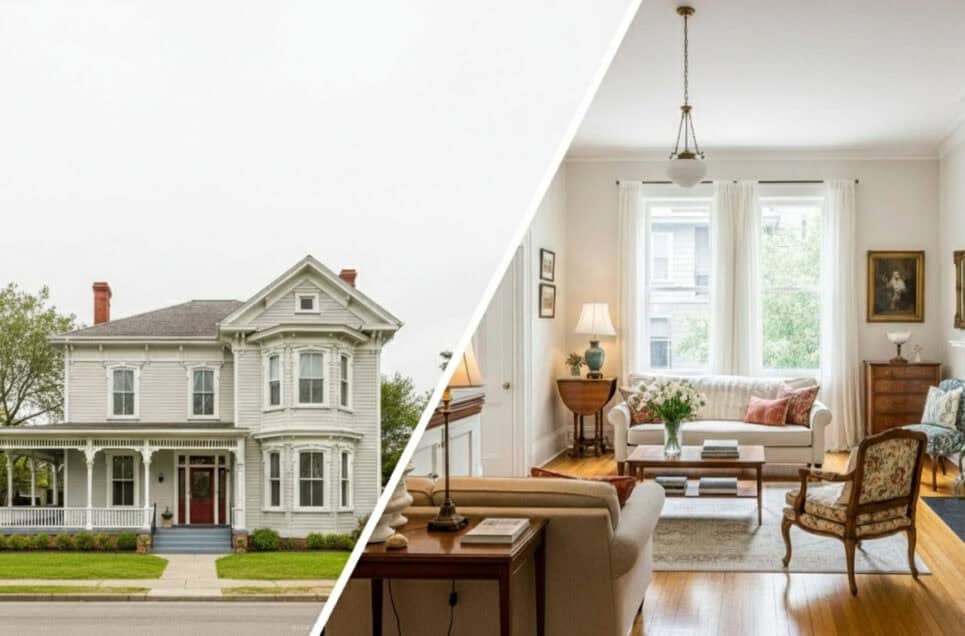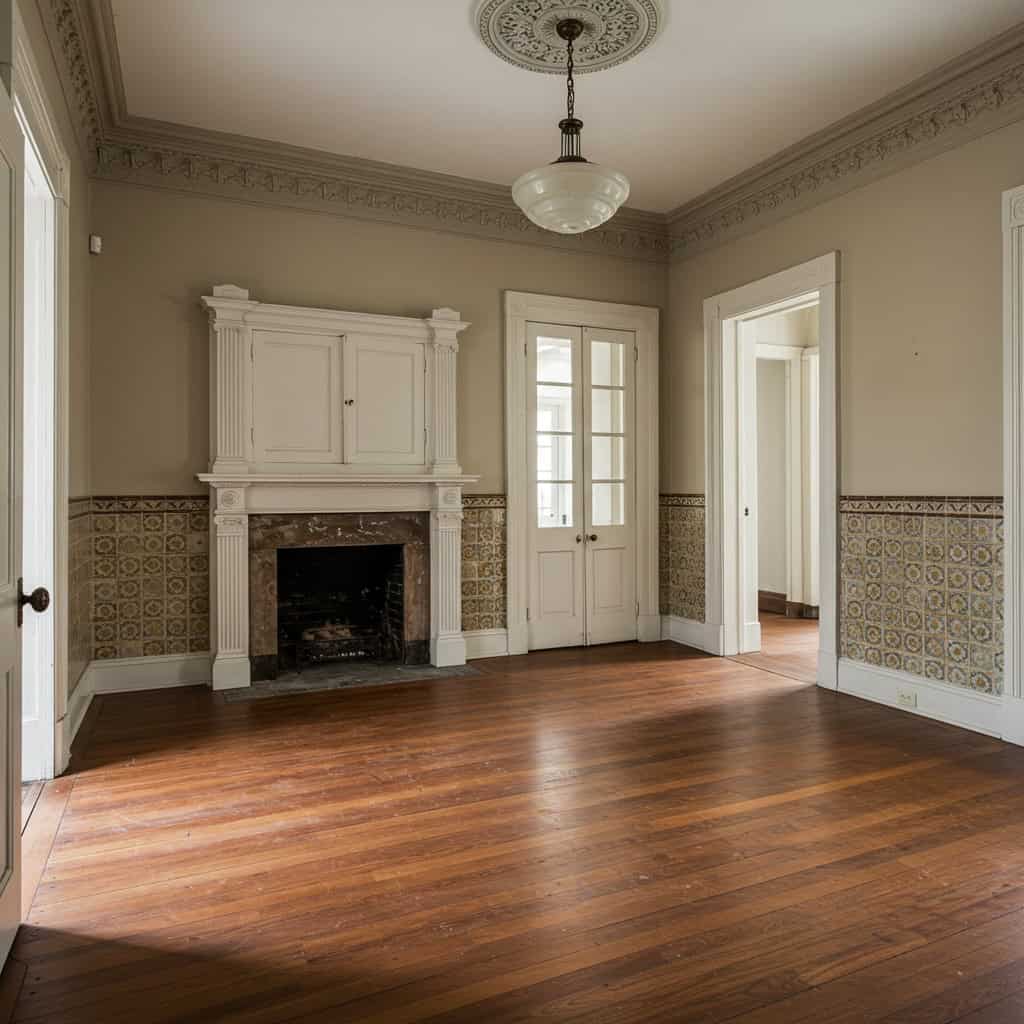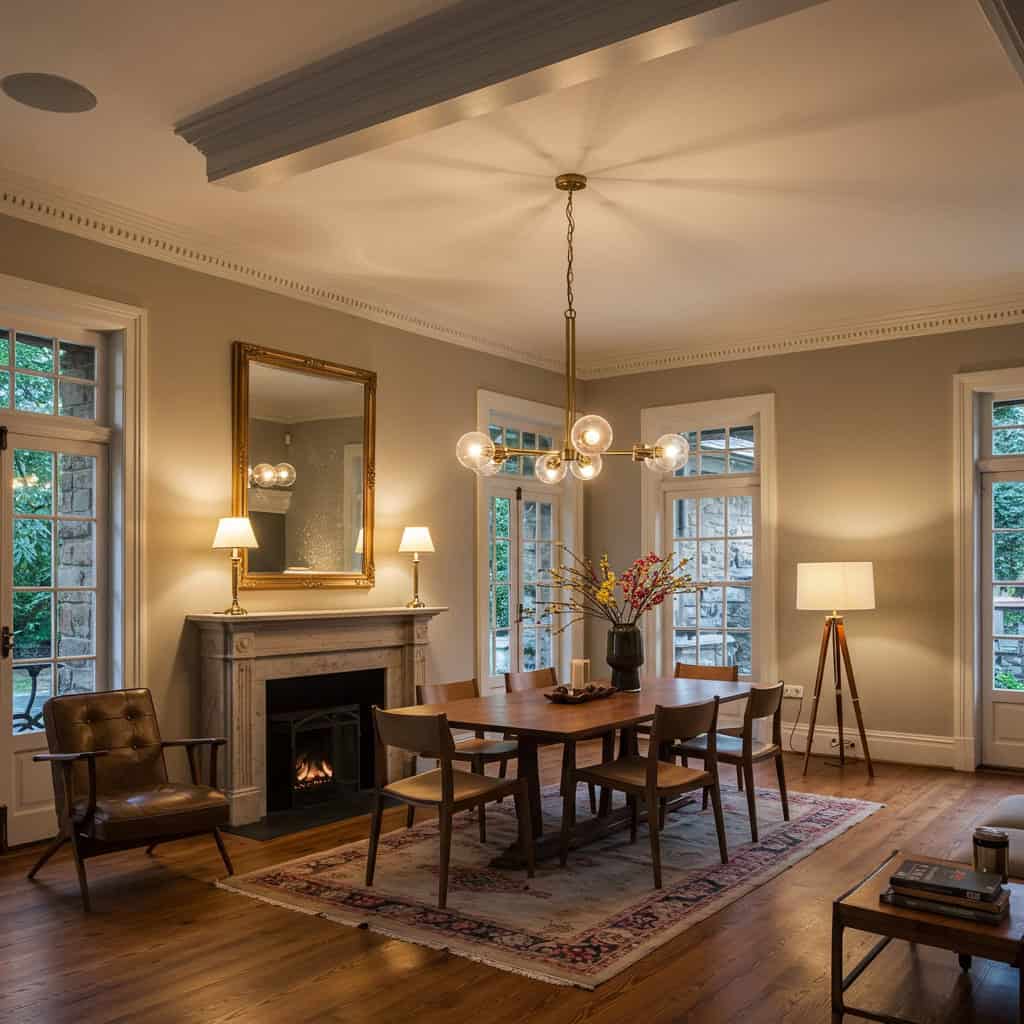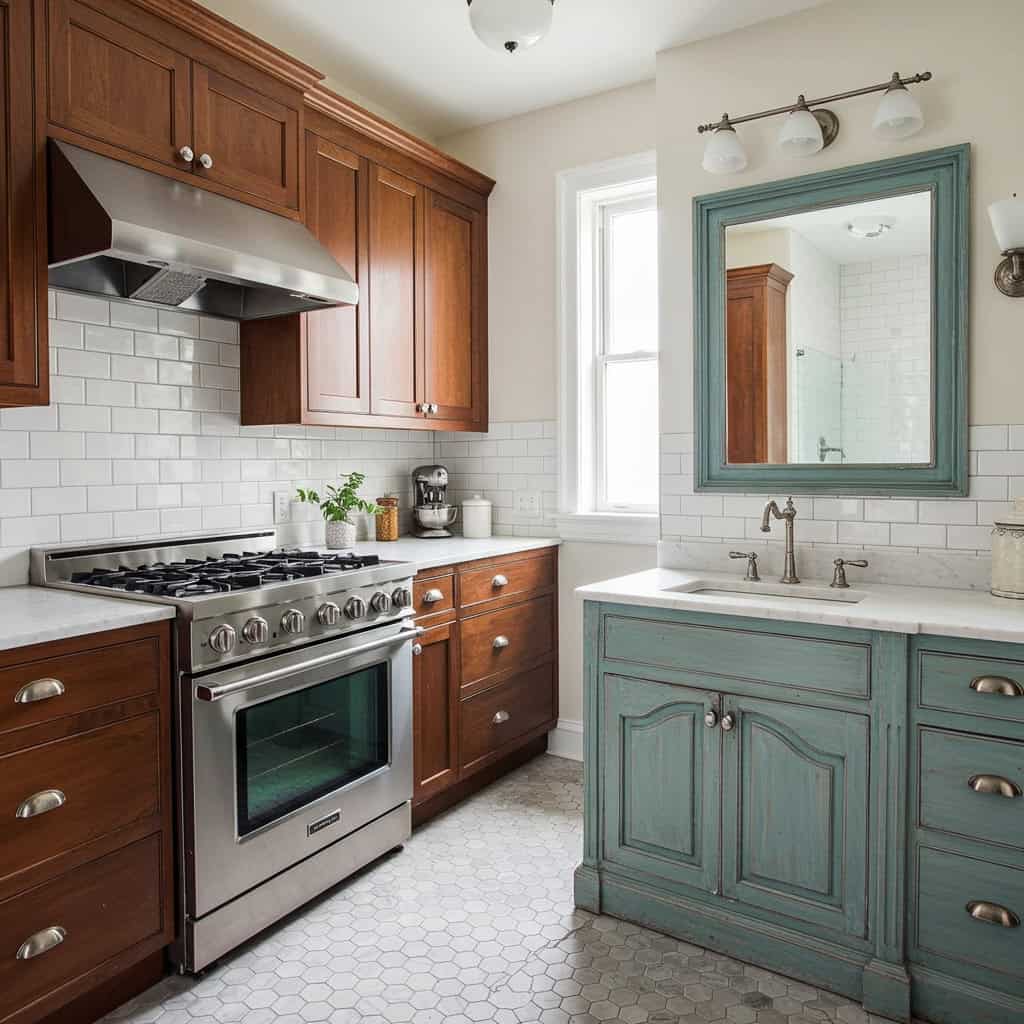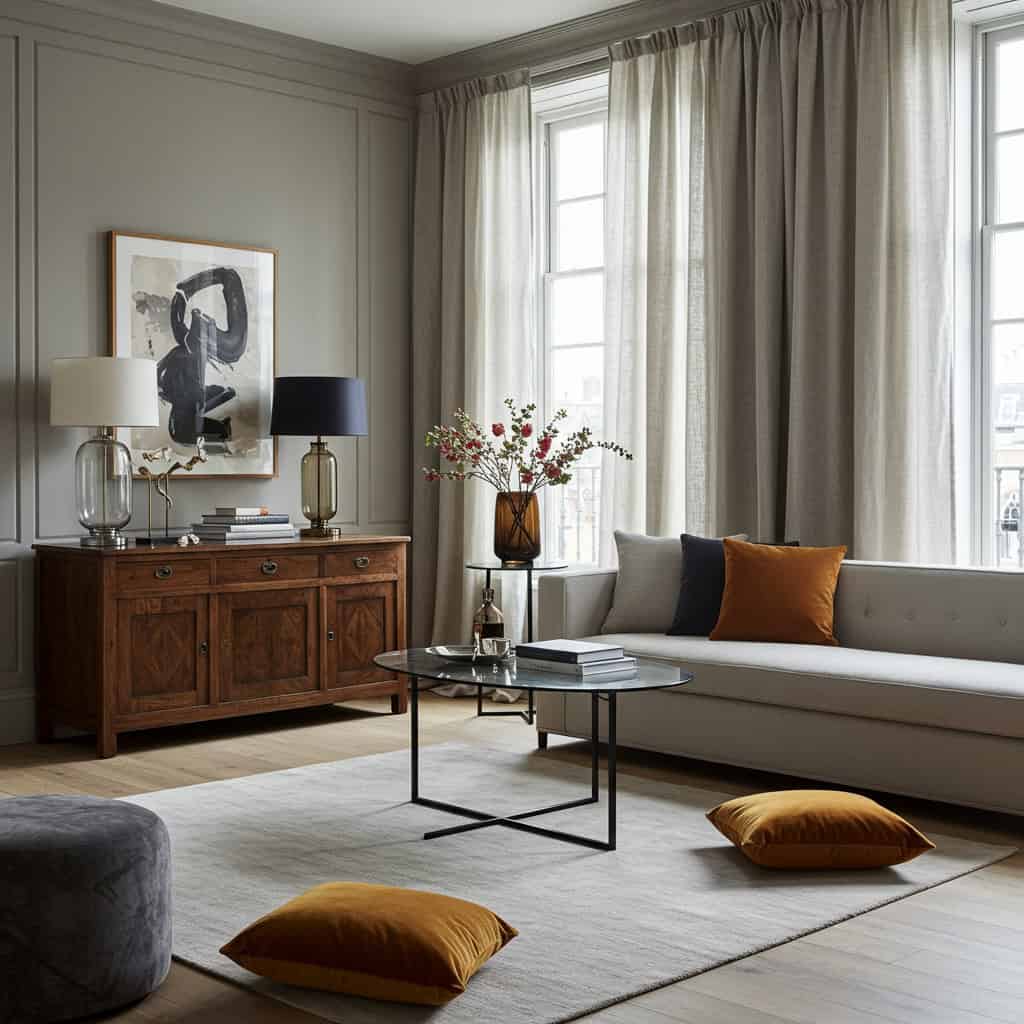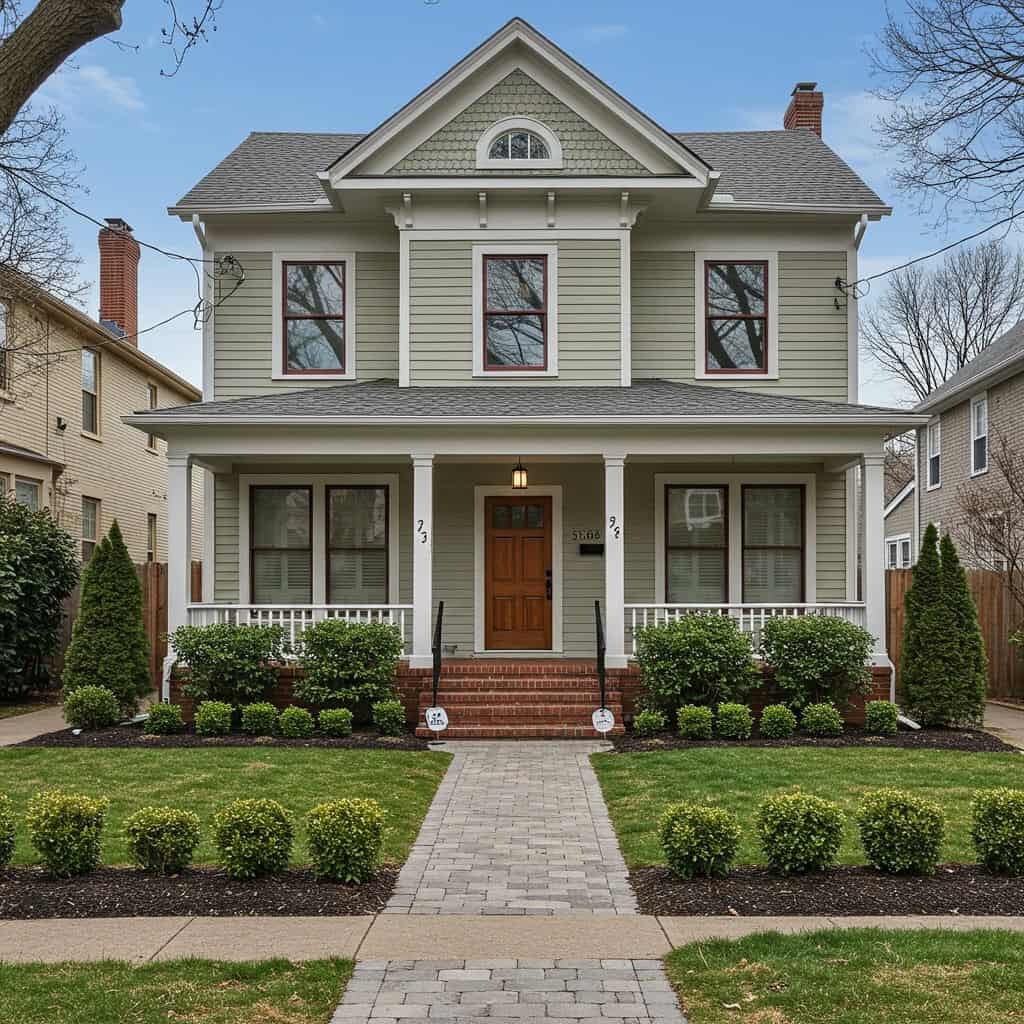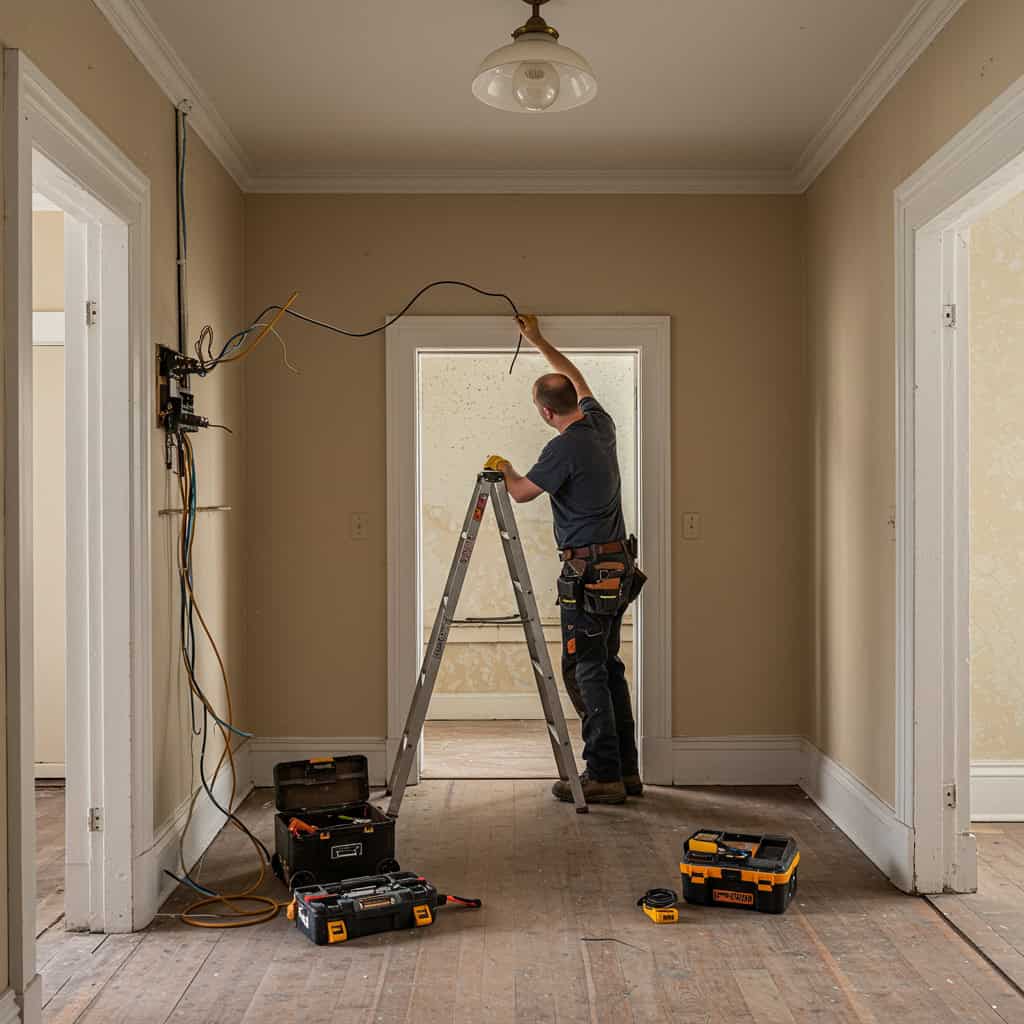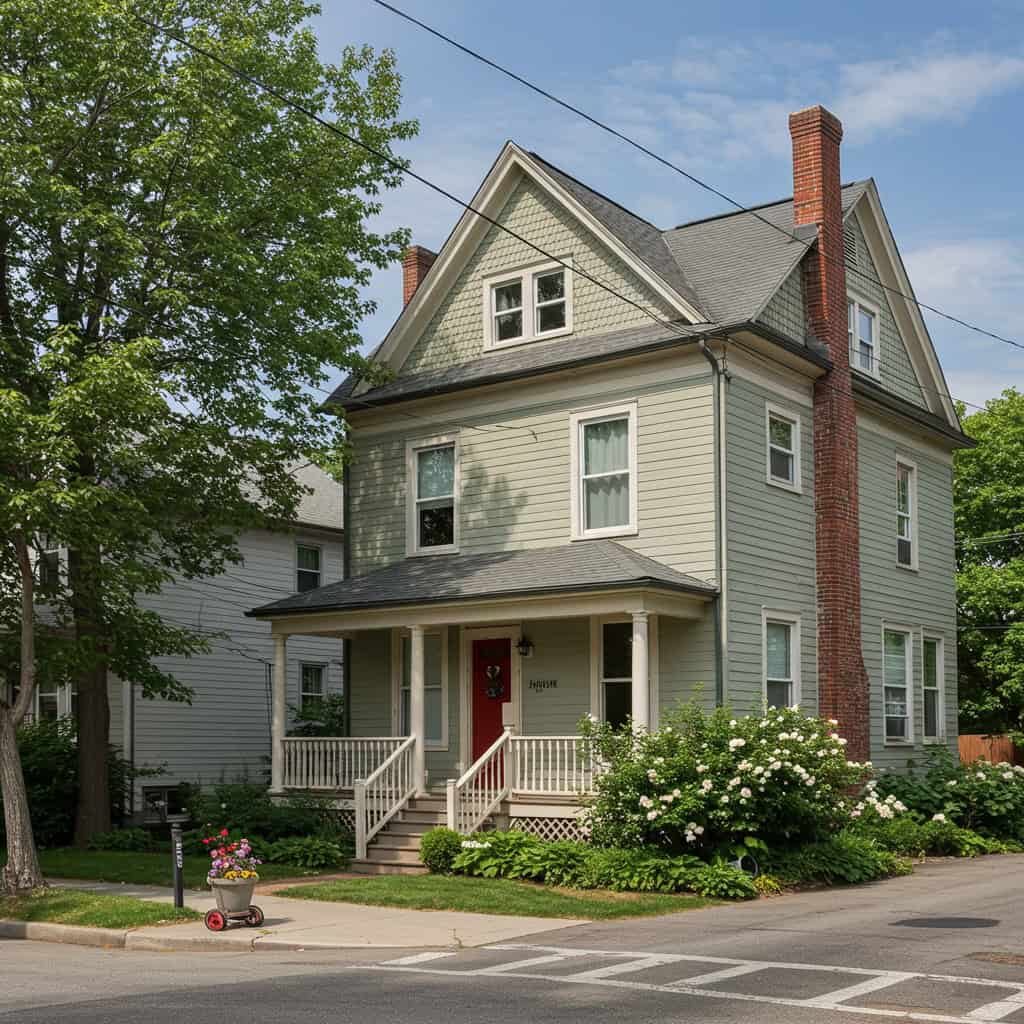Updating an older home offers the unique opportunity to blend historic character with modern comfort. However, it can be challenging to introduce new amenities without sacrificing the very details that give your house its charm. Striking the right balance means respecting the past while embracing the future—a process that requires thoughtful planning and creativity. In this guide, you’ll discover step-by-step strategies to transform your space, preserve architectural beauty, and add contemporary function.

